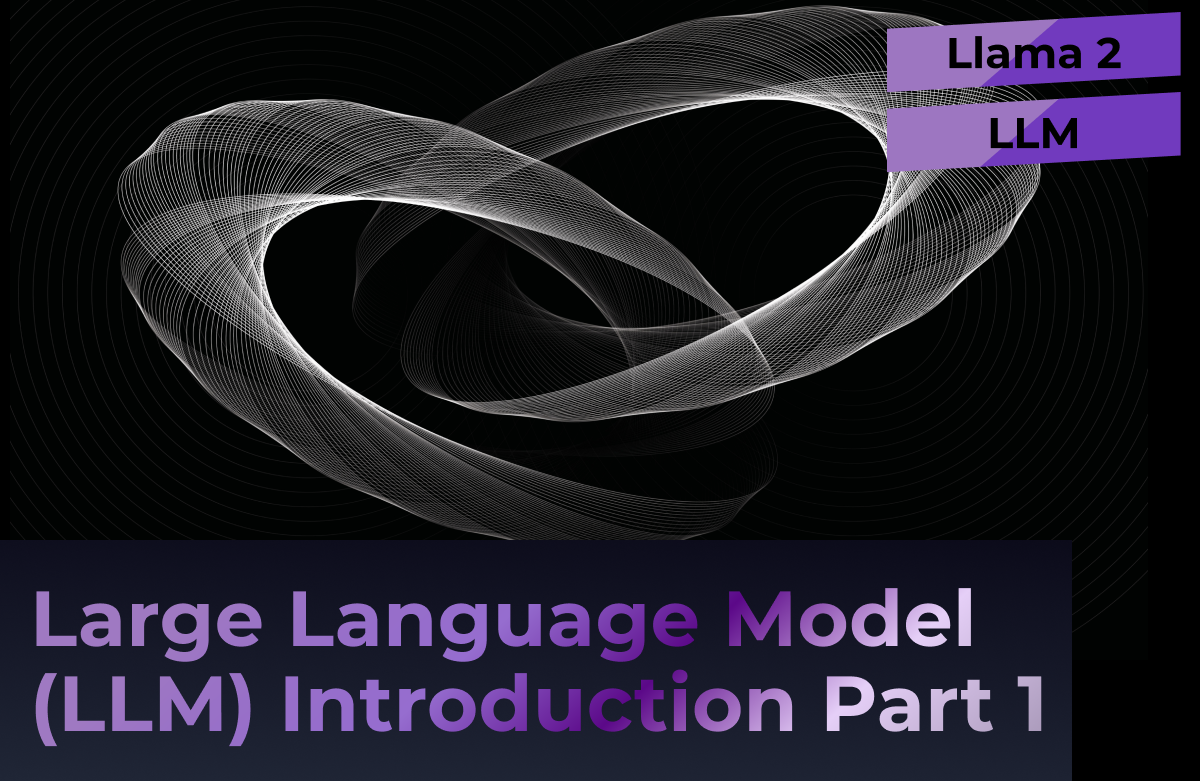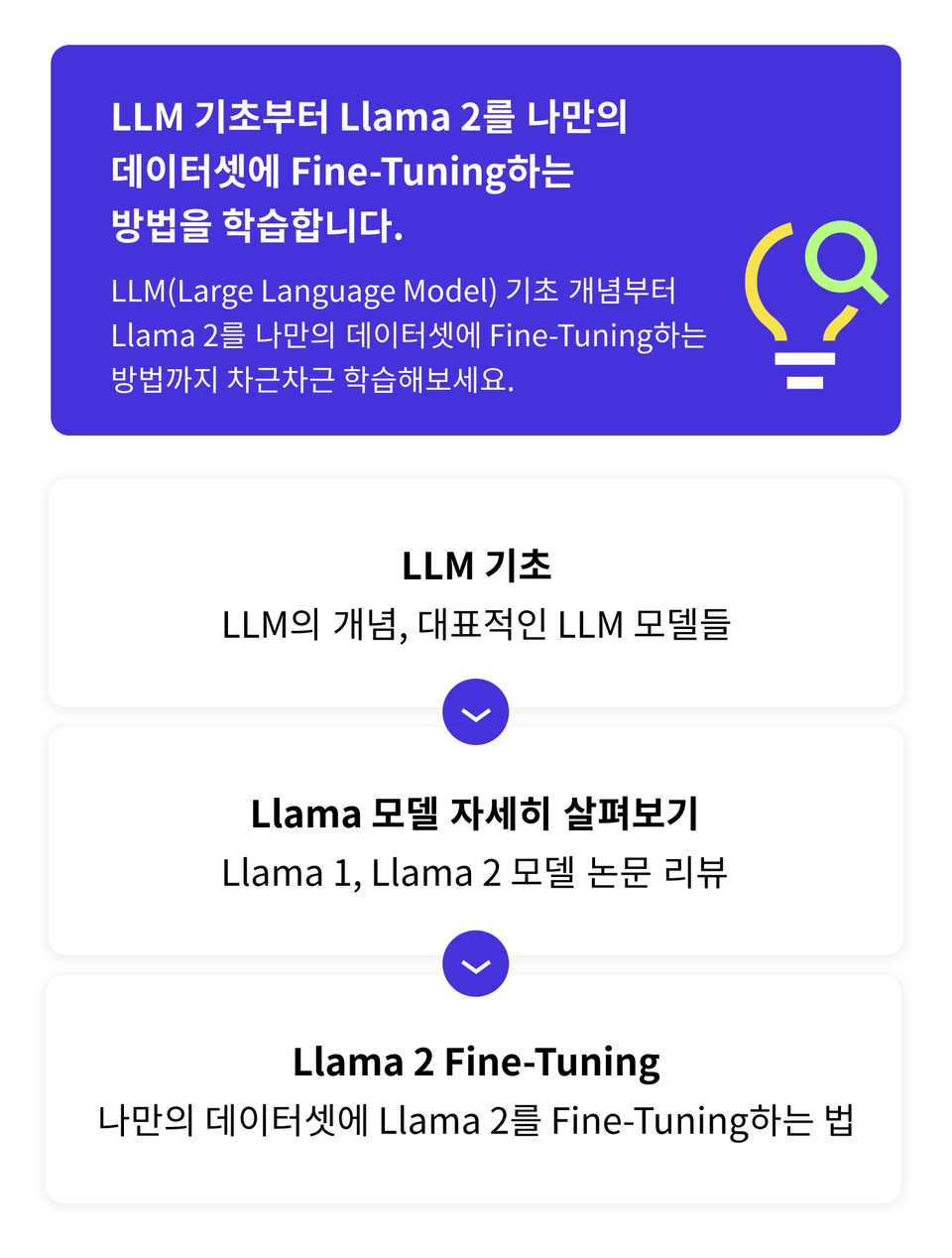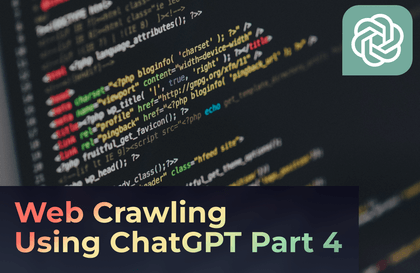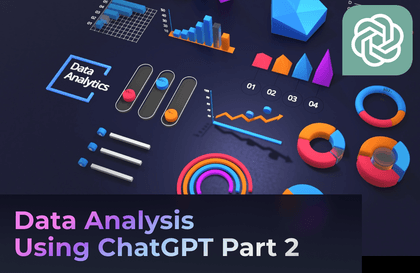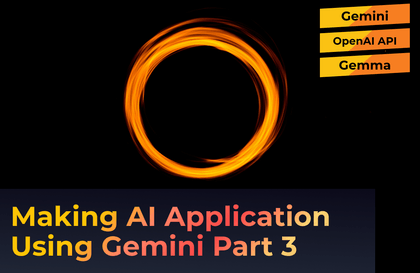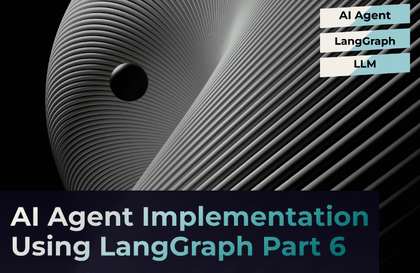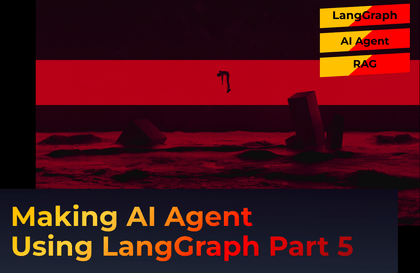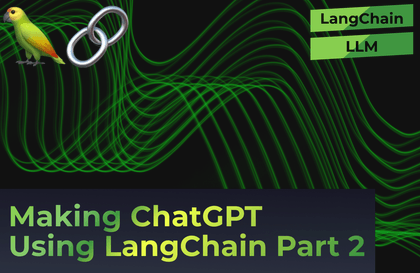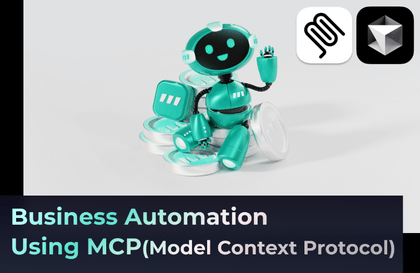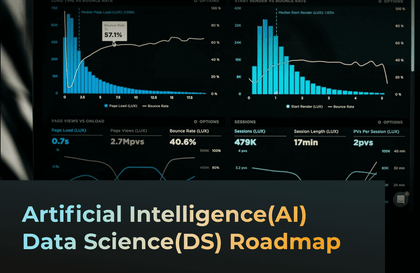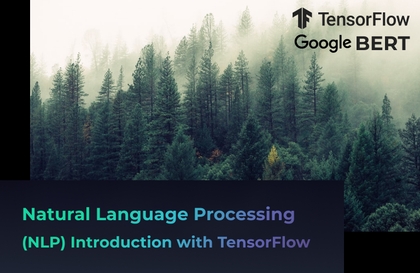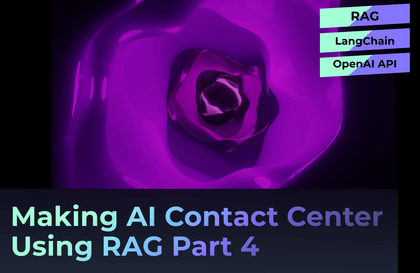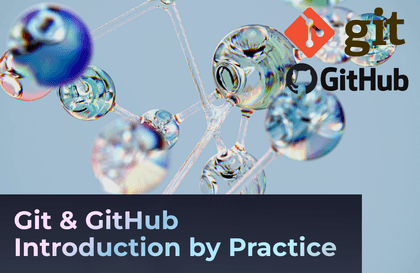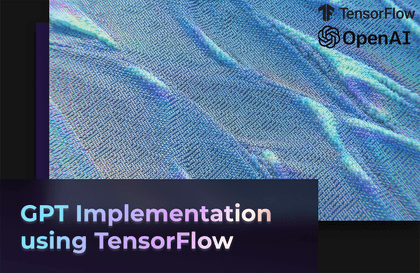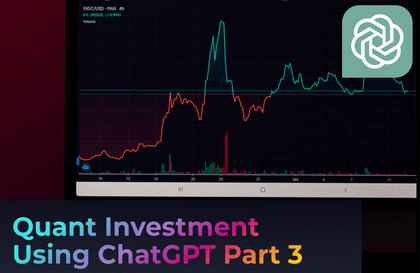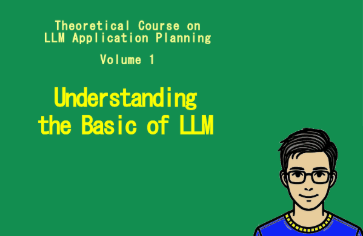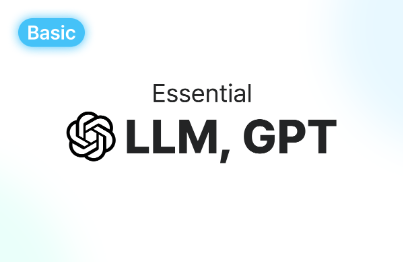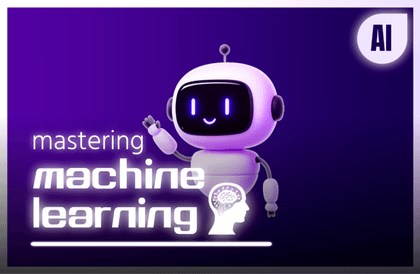✨ LLM, the flower of cutting-edge AI technology
By properly leveraging Llama2 and the OpenAI API, we can create an LLM that is more powerful than GPT-4, the current strongest LLM, in a narrow range of fields!
- ✅ You can learn step by step from the basic concepts of the latest LLM (Large Language Model) to Llama 2 Fine-Tuning.
- ✅ Learn how to fine-tune Llama 2 on your own dataset, step by step!
Q. What is LLM (Large Language Model)?
LLM stands for "Large Language Model," an AI language model trained on large datasets. These models are widely used in natural language processing (NLP) tasks and can perform a variety of tasks, including text generation, classification, translation, question answering, and sentiment analysis.
Typically, LLMs have millions of parameters , enabling the model to learn a wide variety of language patterns and structures. As a result, LLMs can generate remarkably sophisticated and natural-sounding text.
For example, models like the Generative Pre-trained Transformer (GPT) series developed by OpenAI are a prime example of LLM. These models are trained on large text datasets, such as web pages, books, papers, and articles, and can then be applied to a variety of natural language processing tasks.
LLMs are currently being used in many commercial applications and are recognized for their value in diverse fields, including chatbots, search engines, machine translation services, and content recommendation. However, these models may still have limitations in tasks requiring high levels of expertise, and they can also be prone to issues such as generating misinformation, bias, and lack of understanding.





